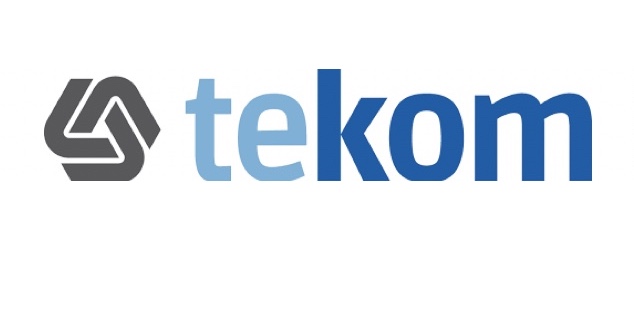With the publication of the Machinery Regulation 2023/1230 in the Official Journal of the European Union in June 2023, the cat is finally out of the bag: From 2027 onward, instructions for use may also be published in digital form within a defined framework. The continuous lobbying of tekom and industry representatives was successful.
From directive to regulation
The Machinery Regulation will replace the Machinery Directive published in 2006 (Directive 2006/42/EC). It is based on the principles of the “New Approach” of 1985, which means that the law establishes binding basic requirements for products, and standards specify technical details that are necessary to fulfil the requirements. European directives must be implemented nationally, which leads to divergences in the member states across the EU.
The EU Commission justifies the proposal for a revision of the Machinery Directive with the following objectives, among others:
- Reduce paper-based requirements for documentation
- Reduce possible divergences in interpretation derived from transposition
- Ensure coherence with other EU New Legislative Framework (NLF) legislation
The directive therefore became the Machinery Regulation with the option of providing instructions for use in digital form. The NLF has been modernizing and supplementing the “New Approach“ since 2008 and provides the regulatory framework for European product regulation. It states the following about instructions for use and other information:
“Article 1 General principles
3. Economic operators shall be responsible for ensuring that all information they provide with regard to their products is accurate, complete and in compliance with Community rules applicable.
Article R2 Obligations of manufacturers
7. Manufacturers shall ensure that the product is accompanied by instructions and safety information in a language which can be easily understood by consumers and other end-users, as determined by the Member State concerned.”
Advantages of digital formats
The effects of greater digitization of instructions for use and technical documentation were outlined in connection with the revision of the Machinery Directive. With regard to financial savings through digital formats, it is assumed that printing costs currently account for 1-4 % of companies’ turnover per year. Based on the turnover of € 663 billion in the machinery sector in 2017, this would mean annual costs of € 6.63 billion to € 26.5 billion.
Digital instructions are also preferred by users: According to surveys on preferences for the format, 62.7 % of respondents want manuals only in digital form. This means that €4 billion to € 16.6 billion could be saved annually – based on 82,239 companies, this would lead to a saving of € 48,000 to € 201,000 per company. On the other hand, there are costs for digital instructions for use due to the purchase, installation and maintenance of servers and printing costs for digital instructions for use. If, after purchasing the machinery, the user decides to use the paper version of the instructions for use in one language, the printing costs per manual are assumed to be € 0.40.
However, there is no systematic comparison and consideration of the advantages and disadvantages of digital formats and paper formats in terms of user-friendliness: How quickly can I find the relevant information, and how specifically has it been created for a target audience in each case. Also, information for use must be accessible to the target audience during the expected lifetime of the machinery (e.g. technically available and legible). The blanket statement that digital formats are “more sustainable” certainly falls short. Digital formats also consume resources and have an “ecological rucksack”, or environmental impact.
Digital formats of information for use are already commonplace in many industries. Above all, the software industry has been working mainly with digitally provided information for use for years. A tekom survey[1] conducted back in 2015 revealed that 75 % of all software companies surveyed had a print share of less than 25 %, measured against the total volume of documentation. In contrast, 50 % of the industrial companies surveyed had a print share of 75 % or more. The Machinery Regulation will certainly increase the proportion of digital formats for instructions for use.
Outlook
Digital formats for information products of information for use are in vogue. They also offer significant advantages for the machinery sector, especially in terms of the user-friendliness of instructions for use, if the information on safe use is prepared in a way that is appropriate for the target audience and good navigation enables quick access.
The decision as to whether paper or digital formats for instructions for use are suitable for the safe use of machinery should also be measured in legislation against how barrier-free access is ensured for all target audiences of the instructions for use and how user-friendly preparation is achieved so that the information is clear, understandable and, where applicable, legible. Only then can the instructions for use fulfil their purpose.
The Machinery Regulation 2023/1230
With the Machinery Regulation, instructions for use, assembly instructions and technical documentation can be made available in digital formats from 2027 onward. tekom has produced a whitepaper that examines the Machinery Regulation with regard to innovations for instructions for use and technical documentation.
| This article is based on a publication in DIN Mitteilungen May 2024 by DIN Deutsches Institut für Normung e.V. |

